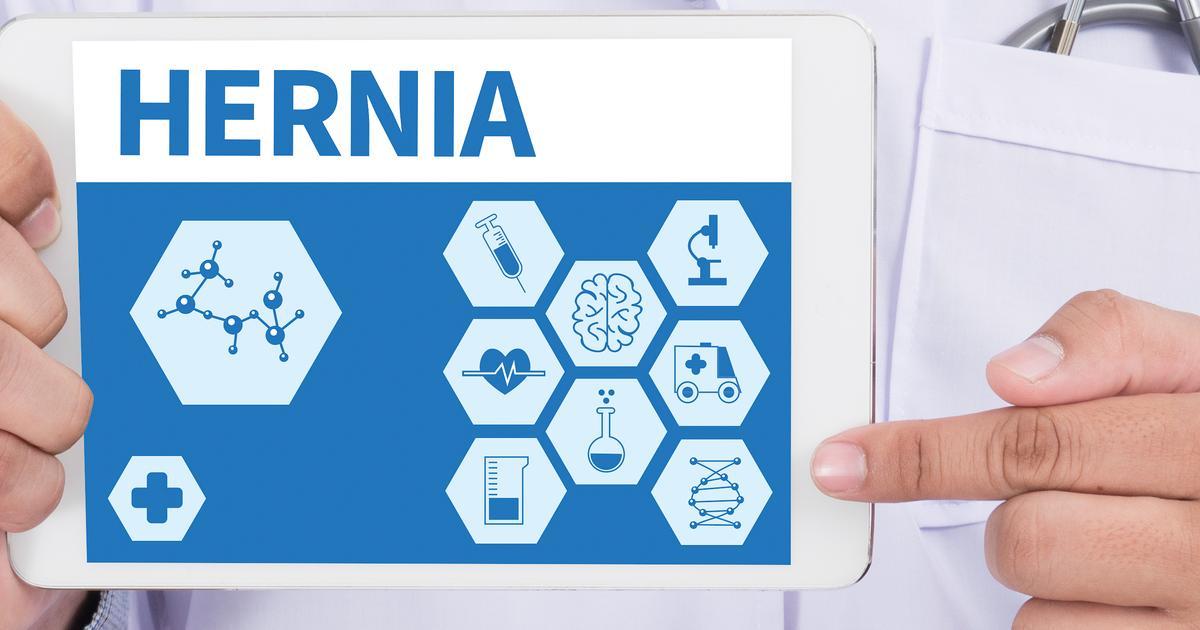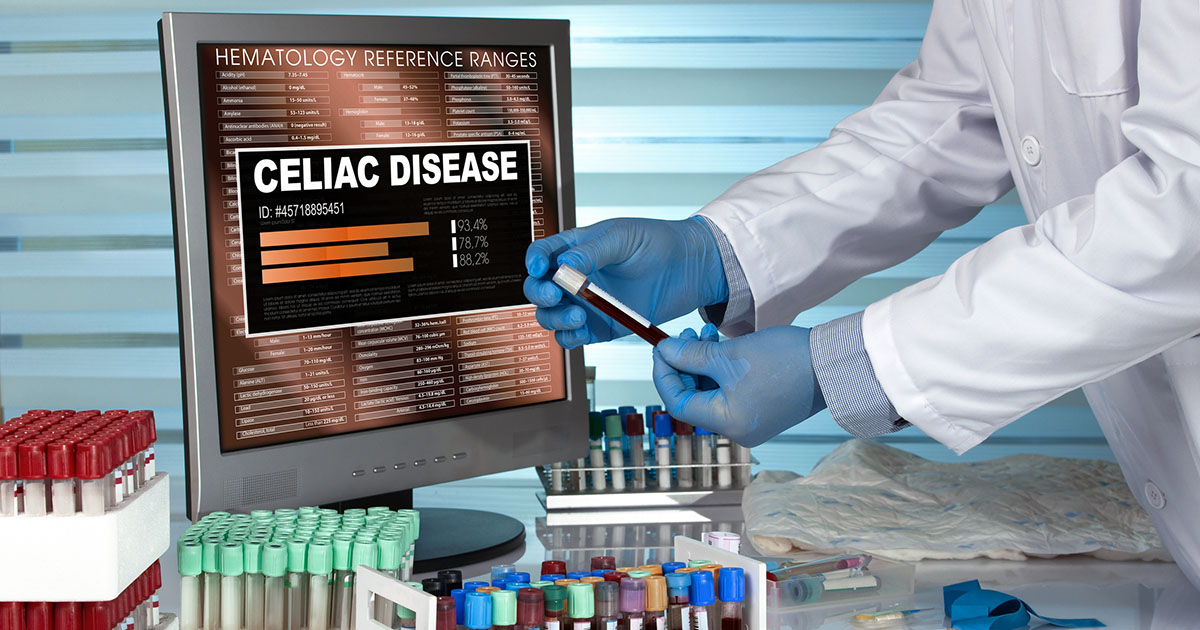What Causes Pain In The Lower Left Abdomen?
Hernia

A hernia is a condition where an individual's abdominal wall becomes weakened or torn, allowing the internal organs to bulge out of it. An individual's abdominal lining consists of muscular tissue that keeps all of the internal organs in their places. The type of hernia most likely to produce pain in an individual's lower left abdominal region is called an inguinal hernia, which occurs when part of an individual's intestines protrude through their lower abdominal wall into their groin or inguinal region.
This type of hernia is known to produce the most pain in the lower left-hand abdominal quadrant when the affected individual performs certain actions and activities. Lifting heavy or cumbersome items, bending over, coughing, or straining with a bowel movement are all activities known to produce painful sensations. If a patient's hernia becomes strangulated or incarcerated, the pain they experience from the hernia becomes more severe.
Celiac Disease

Celiac disease is a condition where an affected individual has a severe immune response when they consume a substance called gluten. Gluten is a protein typically found in foods that have rye, wheat, and barley. The immune response in celiac disease patients affects their small intestine. Over time, the lining of the individual's small intestine becomes too damaged to be able to absorb nutrients properly.
This malabsorption and damage cause the patient to have multiple digestive symptoms, including bloating, diarrhea, pain in the abdomen, nausea, vomiting, constipation, and weight loss. The abdominal pain in affected individuals is not always focal and can radiate to different regions of the abdomen. Therefore, an individual who has celiac disease and intestinal damage may present with pain in the lower left abdomen.
